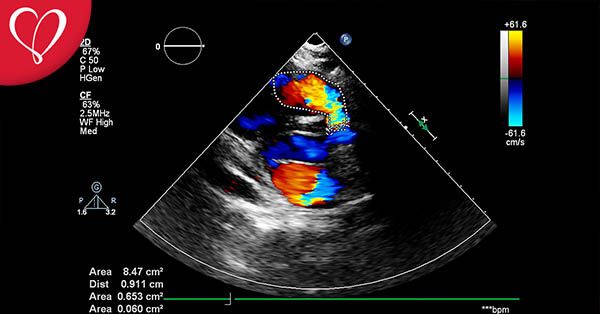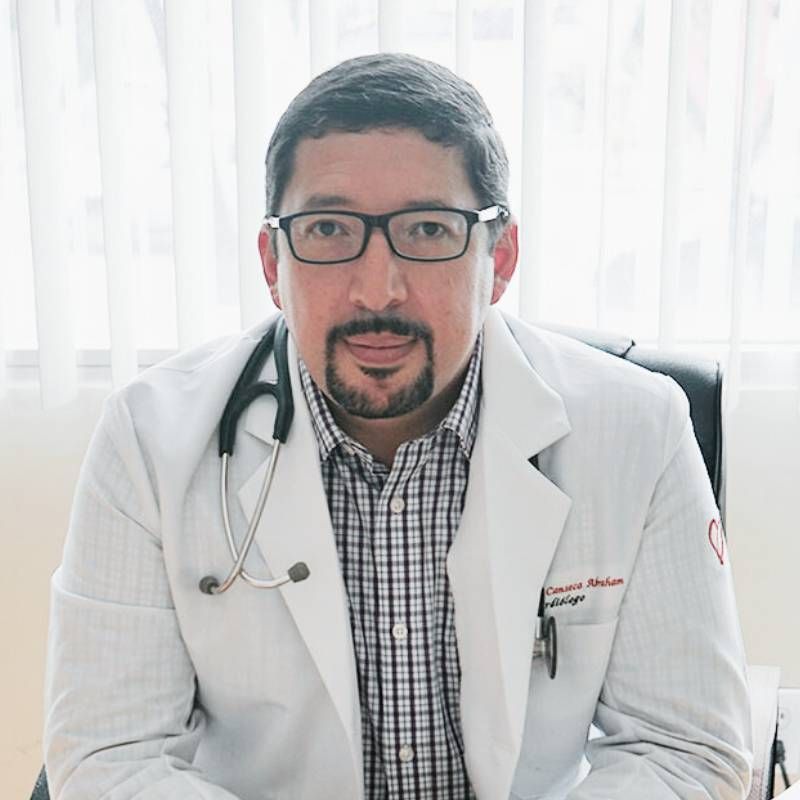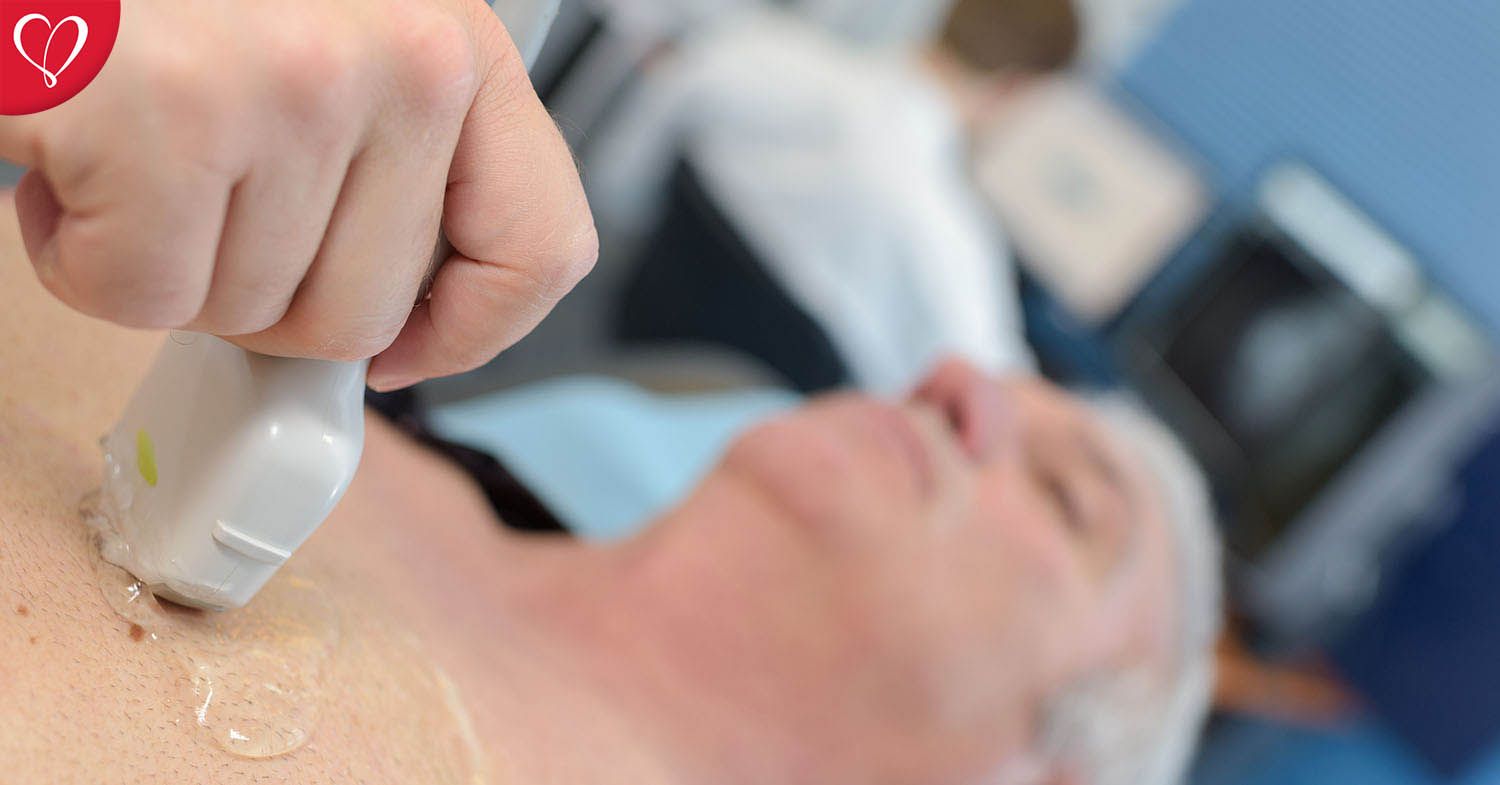Echocardiogram: A Key Test for Assessing Your Heart
An echocardiogram is a non-invasive study that uses sound waves to create detailed images of the heart. This test allows doctors to evaluate the function of the heart muscle, valves, and blood vessels. It is an essential tool for diagnosing various heart conditions, ranging from valve issues to heart failure.
At the Cardiovascular Group of Tijuana, we offer this specialized service with the attention of a cardiologist specialized in echocardiography. This physician is an expert in performing and interpreting echocardiograms, ensuring an accurate diagnosis and a comprehensive assessment of heart health.
Types of Echocardiograms
There are several types of echocardiograms used according to the specific needs of the patient. The most common include:



Transthoracic Echocardiogram
The transthoracic echocardiogram is the most common type of echocardiogram. It is performed non-invasively by placing a transducer on the patient's chest, which sends sound waves to the heart to create detailed images. This study is ideal for evaluating the size and function of the heart, as well as detecting potential issues in the heart valves. If you need a transthoracic echocardiogram in Tijuana, the Cardiovascular Group of Tijuana offers this service with advanced technology and a specialized medical team.
Transesophageal Echocardiogram
The transesophageal echocardiogram is an option when clearer and more detailed images of the heart are needed. In this procedure, the transducer is inserted through the esophagus, allowing a closer view of the heart without interference from bone or lung structures. This test is particularly useful for evaluating the heart valves and detecting blood clots. If you are looking for a transesophageal echocardiogram in Tijuana, the Cardiovascular Group of Tijuana has the expertise necessary to perform this study safely and accurately.
Color Doppler Echocardiogram
The color Doppler echocardiogram allows the evaluation of blood flow through the heart and major vessels. This procedure is essential for detecting issues such as blockages, valve insufficiency, and cardiac malformations. Through this technique, areas where blood flow is deficient or abnormal can be visualized in real-time. If you need a color Doppler echocardiogram in Tijuana, you can rely on the Cardiovascular Group of Tijuana for a precise and detailed diagnosis.
Dobutamine Stress Echocardiogram
The dobutamine stress echocardiogram is a test that assesses how the heart responds under induced stress conditions. Dobutamine is a medication that makes the heart beat faster and more forcefully, simulating physical exercise. This study is particularly useful for detecting coronary artery disease and evaluating the heart's functional capacity. If you have been recommended a dobutamine stress echocardiogram in Tijuana, the Cardiovascular Group of Tijuana offers this service with the highest quality standards.

Dr. Eduardo Canseco
The Best Echocardiographer in Tijuana
Dr. Eduardo Canseco is a cardiologist and echocardiographer with over 10 years of experience and is part of the Cardiovascular Group of Tijuana. He trained as a surgeon at the Universidad Mayor Real y Pontificia de San Francisco Xavier and holds a specialty in clinical cardiology from UNAM, as well as certification in clinical echocardiography from the National Institute of Medical Sciences and Nutrition Salvador Zubirán. He has worked in institutions like IMSS and ISSSTE and is a member of the National Association of Cardiologists of Mexico. He offers services including echocardiograms, cardiovascular risk detection, preoperative evaluations, and pacemaker check-ups, with a focus on heart health and well-being.
Echocardiogram Service in Tijuana
If you are looking for where to get an echocardiogram in Tijuana, the Cardiovascular Group of Tijuana is one of the best options. We have a highly trained medical team led by a cardiologist and echocardiographer in Tijuana. In addition to offering quality service, we also ensure competitive pricing. If you are wondering about the cost of an echocardiogram in Tijuana, we recommend contacting us for more information about our services and rates.


